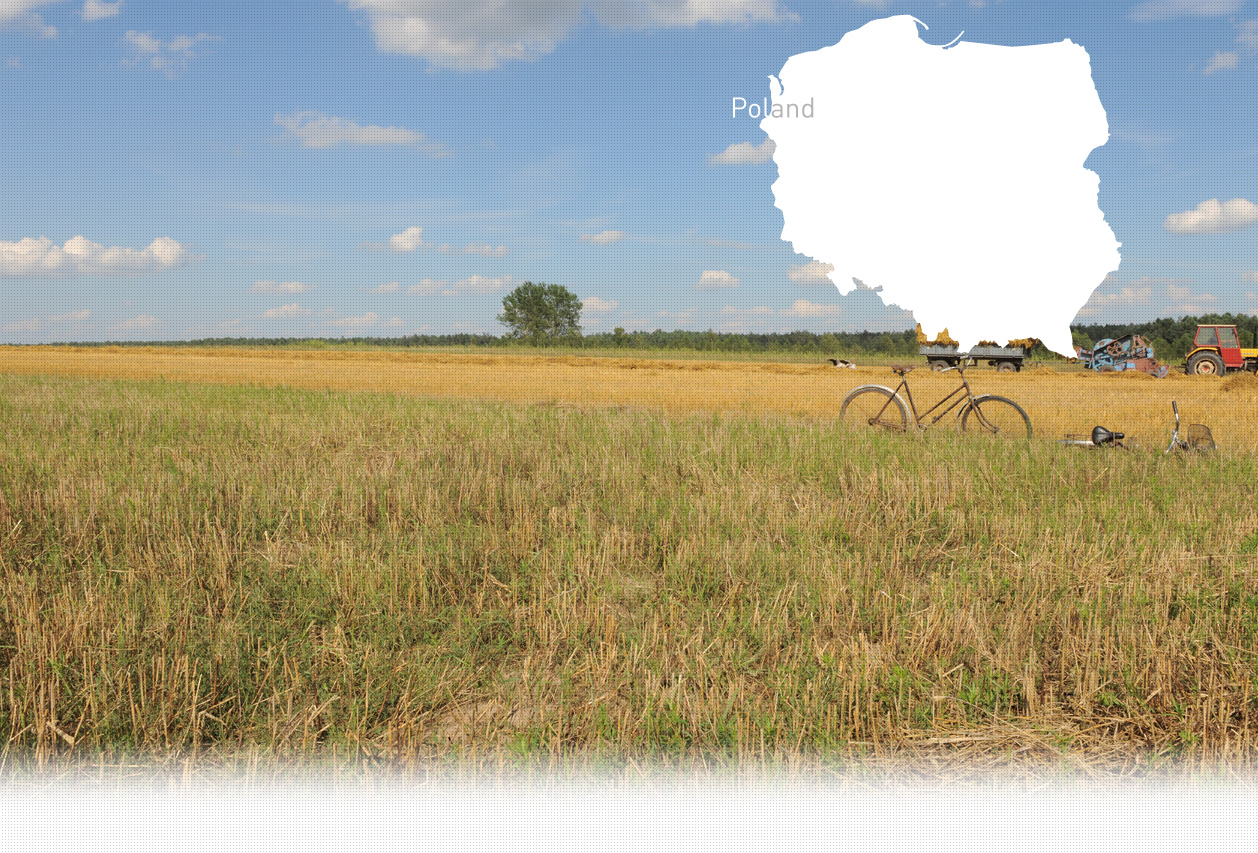

2 Killing site(s)
Jozef-Boleslaw D., born in 1932: “One Jew worked in front of the manor carrying things in a wheelbarrow. He was quite old; that’s why he was quite weak. A Nazi, after having beaten him violently, brought him to a swamp located next to the manor. He pushed the Jew into the swamp and put a wooden plank over his head. The Nazi kept pushing the plank with his feet to keep the poor Jew under the water until he drowned.” (Witness n°797, interviewed in Rabka-Zdroj on March, 21st, 2018)
“1/ Date and place of execution: years 1940 – 1943 in Rabka.
2/ Type of execution: shooting
3/ Data concerning the victims: Jews
How many: hundreds
Where they were from: Rabka and nearby villages, Mszana Dolna [Questionnaire on the mass executions and mass graves, n°573 (Miejscowosc : Rabka, Gmina : Rabla ; Powiat : Nowy Targ; wojewodztwo : krakowskie; RG.15-019M, Sprava 573]
Rabka-Zdroj is located 69 km south of Krakow. The first records about the Jews date back to the late 19th century. The majority of them were merchants and craftsmen. According to the local residents interviewed by Yahad-In Unum, there was no cemetery, but there was a prayer house. All the children, no matter their nationality, went to the same school. In 1939, about 450 Jews lived in Rabka comprising a quarter of the total population.
The town was occupied in September 1939. At that time many local Jews fled the town, while many others from the biggest towns, like Krakow, arrived in Rabka. In 1939, there were about 1,500 Jews living in Rabka-Zbroj. Shortly after the occupation all the Jews were registered and marked with the Star of David, prior to being confined in the ghetto. The Jewish children weren’t allowed to go to school from then on.
In July 1940, the s chool for the future s ecurity police officers was moved to Rabka from Zakopane, and at the end of the year it was installed in the building of the villa ‘Tereska’. Before the war, it was a women’s gymnasium.
Starting from March 1941, all the Jews were moved into the ghetto located on Poniatowski S treet. According to the local witnesses, it was fenced in with wooden planks and guarded by gunned Germans. A labor camp was created on August 15, 1942, and numbered about 200 Jews from Rabka and nearby towns like Novy Sacz. All the Jews aged from 14 to 60 year s old were subjected to perform forced labor on road construction , in quarries, and shoveling snow. The Jewish inmates from the labor camp were used to build shooting grounds and bunkers near the villa ‘Tereska’ where the students from the o fficer’s school could train. This site also became an execution site where several hundred Jews were murdered in the period between late spring 1942 and summer 1943.
The first mass execution was conducted on May 20, 1942, when about 40 Jews were taken to the forest, located behind the school, and shot. A couple of days later, some 160 Jews were shot. According to an eyewitness of the execution, the Jews had to strip naked, walk on the plank one by one, and were then shot dead in the head. The Rosenbaum family was shot along with others in May 1942.
The second mass execution took place in June 1942, during which about 300 Jews, including 50 brought from Nowy Sacz, were murdered near the villa. The third mass execution was conducted on July 17, 1942. On this day 100 Jews were killed, including local Jews from the ghetto, those brought from Nowy Sacz and some Krakow Jews who moved to Rabka in 1941 seeking shelter.
On August 30, 1942, the entire Jewish population, with the exception of the inmates of the labor camp, was taken to the Belzec camp where they were murdered shortly thereafter. The next deportees were displaced either to Belzec or to Plaszow camp, like the remaining Jews from the labor camp during its liquidation on September 1 , 1943. According to a witness interviewed by Yahad, there were about 50 Jews brought from Joradnow, located 15km away, to be killed in the forest near the villa ‘Tereska’. Those who didn’t move forward were shot dead on the spot. Besides the mass execution, several isolated killings took place in Rabka. With the help of the local witnesses Yahad could identify when an old Jewish man was pushed into the swamp and drowned, and where three more Jews were executed. Their bodies remain on the site without any memorial, while the big execution site is protected and memorialized. However, the exact number of the Jews murdered in the forest near the villa is unknown and is estimated between 500 to 900 Jews.
Do you have additional information regarding a village that you would like to share with Yahad ?
Please contact us at contact@yahadinunum.org
or by calling Yahad – In Unum at +33 (0) 1 53 20 13 17